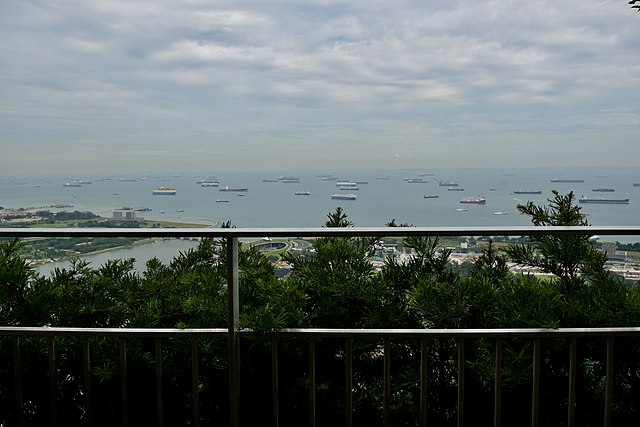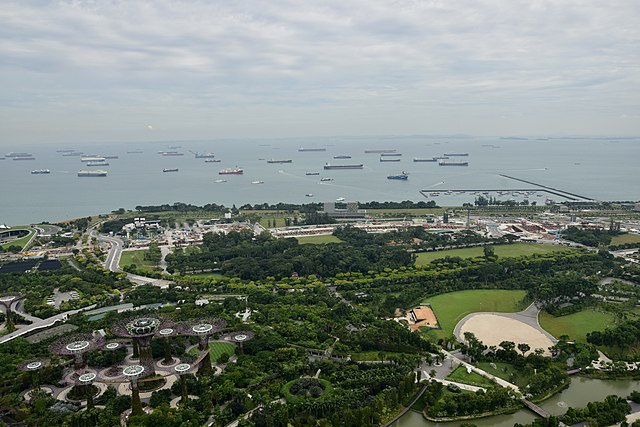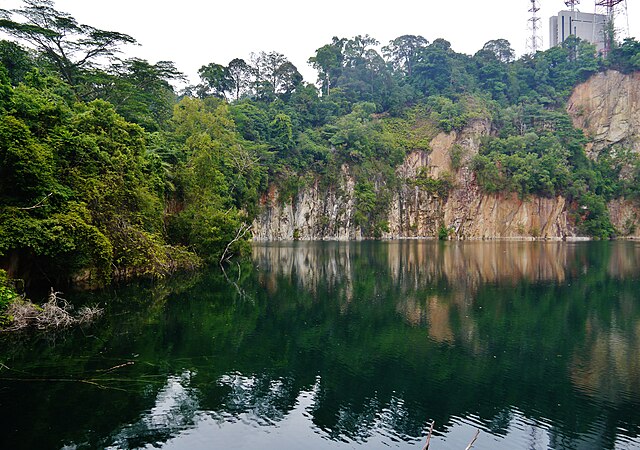
Thammasat University students interested in ASEAN studies, political science, economics, sociology, and related subjects may find it useful to participate in a free 17 October webinar on Economic Recovery in APEC Economies Amid Uncertainties.
The event, on Tuesday, 17 October at 1pm Bangkok time, is presented by the ISEAS – Yusof Ishak Institute, Singapore.
The TU Library collection includes several books about different aspects of APEC economies.
Students are invited to register at this link:
https://us06web.zoom.us/webinar/register/6816968289385/WN_tXfkMj-iRDS5ycqzMRWxcw#/registration
The event webpage explains:
About the Webinar
APEC Economies appear to be on a delicate path of recovery. Cost of living concerns continue to remain a worrying factor. Global economic recovery coupled with tense geopolitical factors have also affected trade performance, policies, and relations. Firms have also been changing their supply-chain strategies in response to trade constraints. In addition, extreme weather conditions have impacted on food security as well as bringing with it droughts, heatwaves, floods, and wildfires.
What are some of the main risks identified by regional policy experts in the State of the Region Report by the Pacific Economic Cooperation Council (PECC)? What are also some of the issues that APEC Leaders should address in the upcoming meeting in November 2023? Have APEC economies made much progress in supporting the multilateral trading system and also in promoting economic integration during APEC USA 2023? What are some recent achievements in promoting connectivity, digitalisation and innovation in the region? How can APEC economies continue to promote inclusivity, promote environmental sustainability, and mitigate the impacts of climate change?
About the Speakers
Topic: The State of the Region 2023-2024
Eduardo Pedrosa is the Secretary General of the Pacific Economic Cooperation Council (PECC) International Secretariat based in Singapore. […]
Topic: 2023 – APEC Progress and Challenges
Foo Cher How represents Singapore for the Committee for Trade and Investment at APEC. He is currently serving as the Deputy Director for the Multilateral Trade Policy Division at the Ministry of Trade and Industry, Singapore. In his current role, he leads a team in overseeing the portfolio of APEC, G20 and WTO. […]

As TU students know, Asia-Pacific Economic Cooperation (APEC) is an inter-governmental forum for 21 member economies in the Pacific Rim that promotes free trade throughout the Asia-Pacific region.
The 21 economies represented listed in alphabetical order include Australia, Brunei, Canada, Chile, China, Hong Kong, Indonesia, Japan, South Korea, Malaysia, Mexico, New Zealand, Papua New Guinea, Peru, Philippines, Russia, Singapore, Taiwan, Thailand, the United States, and Vietnam.
A report posted on the APEC website earlier this year noted:
Uneven Recovery in the APEC Region amid Uncertainty
Rising interest rates, unwinding of massive fiscal support and stubborn inflation dampen growth
The global economy continues to grapple with the cost-of-living crisis as relatively high inflation persists while financial sector strains have emerged as monetary policy rates increased. Fiscal space has narrowed as debts surged following massive stimulus measures to preserve lives and livelihoods amid the pandemic. Despite these efforts, income levels have not recovered to pre-pandemic levels in most APEC economies and inequality has widened as the pandemic hit the most vulnerable populations the hardest.
Slow and uneven growth, high inflation
Medium-term projections point to growth hovering between 2.8 to 2.9 percent, the lowest GDP growth in 20 years, excluding the 2008-2009 global financial crisis (GFC) and the pandemic-related economic recession. Tighter financial conditions and narrowing fiscal space resulted in lower GDP growth for the global economy and the APEC region as debts surged amid the pandemic-dampened economic activity. In particular, APEC grew at a slower pace of 2.6 percent in 2022 from 6.2 percent in 2021. Growth is expected to remain uneven, with only nine APEC economies growing above 3 percent in 2023.
Supply-demand imbalances compounded by geopolitical issues put an upward pressure on prices. APEC inflation reached 5.9 percent in 2022 from 2.9 percent in 2021. The inflation outlook has been adjusted slightly upwards to 4.4 percent in 2023, before declining to 2.9 percent in 2024. Most APEC economies have been using monetary policy tools at their disposal, such as implementing interest rates hikes, to stem inflationary pressures.
Downside risks dominate
A high degree of uncertainty surrounds growth prospects. The announcement by OPEC+ in April 2023 to reduce oil production by 1.16 million barrels per day is fueling inflation concerns. Moreover, higher debt levels have contributed to the narrowing of fiscal space in the middle of an economic slowdown. Estimates of general government gross debt recorded a surge in 2022 to 112 percent of GDP for advanced economies while it reached 65 percent of GDP for the APEC region—the highest level ever posted.
In addition, geoeconomic fragmentation could result in large output losses from lower FDI and trade flows, reduced employment opportunities and declines in productivity gains due to limited technology and knowledge transfers. Changing demographics—with aging populations becoming an economic burden—could also affect economic growth, particularly in the medium and long term.

Financial sector remains stable in the APEC region despite multiple headwinds
The swift and strong interventions by monetary and financial authorities in the US and Europe after the collapse of the Silicon Valley Bank, Signature Bank and Credit Suisse have served to calm markets and avoid a widespread loss of market confidence that could threaten financial and macroeconomic stability.
Amid these financial sector strains, monetary authorities need to stay vigilant to ensure that banks’ liquidity and capital remain sufficient while non-performing loans (NPL) remain low. The banking sector in the APEC region remains sound as the capital adequacy ratio (CAR) of all APEC member economies exceeds the 8.0 percent requirement set by the Bank for International Settlements (BIS). In addition, the NPL ratios among APEC economies are relatively low, ranging from 0.3-3.4 percent of total loans.
Policymakers need to remain vigilant of risks and shifting sentiments. At the same time, they need to remain flexible in order to respond quickly to financial market volatilities. Liquidity buffers as well as strong supervisory and macro-prudential measures are essential to maintain stability. However, it remains important that authorities strike a balance between maintaining financial sector stability and taming inflation, as higher interest rates could reduce the capacity of firms and consumers to manage debts, which in turn could give rise to negative transmissions to the banking sector through weaker bank balance sheets.
Sluggish trade in goods performance and strong recovery in trade in services
APEC trade activity decelerated in 2022 from double-digit growth in 2021 as the momentum from a pandemic-related recovery dissipated and global demand weakened. Merchandise trade volume in APEC expanded marginally by about 1.1 percent for exports and 1.2 percent for imports in 2022 compared to the level in 2021. Heightened global commodity prices, contractionary monetary policies to combat inflation, and disruptions in global value chains due to COVID-19 outbreaks contributed to the moderation in trade growth.
It is likely that merchandise trade volumes post low growth rates in 2023, with the deceleration of the global economy, ongoing geopolitical developments and increasing credit costs adversely affecting global demand. In addition, it is important to keep an eye on the evolution of trade-related measures. In recent years, trade-facilitating measures have outnumbered trade-restrictive measures; however, the accumulation of the latter is cause for concern, particularly regarding export restrictions and bans. Furthermore, the number of trade remedies in force, mainly anti-dumping measures and countervailing duties, is growing. […]

(All images courtesy of Wikimedia Commons)
